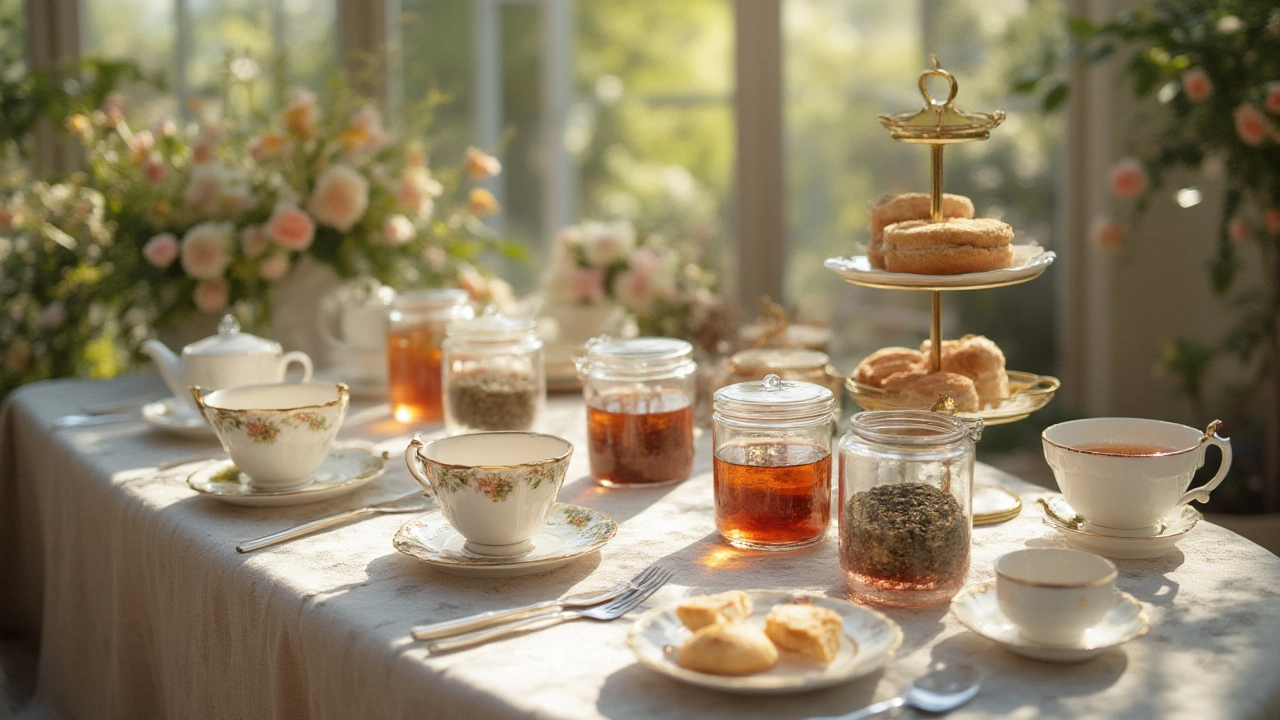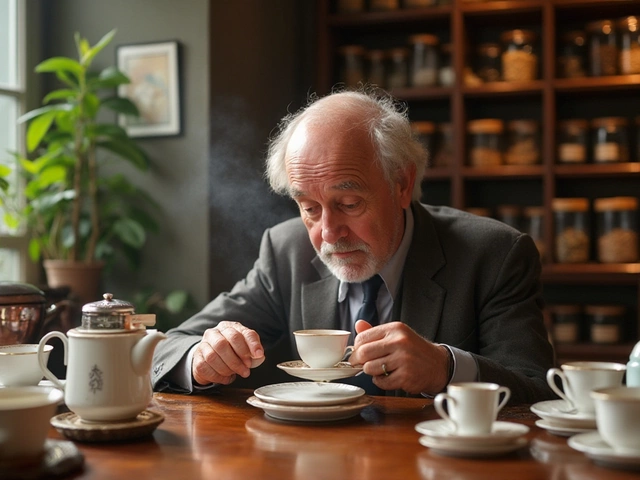Tea Menu: Quick Tips for Picking, Brewing, and Pairing Your Favorite Tea
Got a tea menu in front of you and not sure where to start? You’re not alone. Most people feel overwhelmed by the sheer number of options – green, black, oolong, herbal, and the endless flavors in between. The good news is you don’t need a degree in tea to make a great choice. A few simple rules can turn a confusing list into a tasty adventure.
How to Pick the Right Tea for Your Mood
First, think about what you want from the drink. Need a wake‑up boost? Go for a black tea or a strong pu‑erh – the caffeine will get you moving. Want a calm moment after work? A soothing herbal blend like chamomile or a light white tea will do the trick. If you’re after flavor fireworks, try a scented oolong or a spice‑infused chai. The key is matching the tea’s character to your current vibe.
Next, look at the menu’s descriptions. Good menus will note the tea’s origin, flavor notes, and recommended water temperature. A tea from Darjeeling, for example, often tastes floral and should be brewed at around 80°C (176°F). If the menu just says “green tea,” ask the staff for more details – it could be a Japanese sencha, a Chinese dragon well, or a matcha latte.
Basic Brewing Rules That Make Every Cup Better
Brewing is where most mistakes happen. The most common error? Using water that’s too hot for delicate teas. Green and white teas need cooler water (70‑80°C) to avoid bitterness. Black and oolong teas can handle near‑boiling water (95‑100°C). Also, don’t over‑steep. Two minutes for green tea, three to five minutes for black, and up to seven minutes for robust herbs. Longer brewing extracts too many tannins and turns the cup astringent.
Measure the tea properly. A good rule of thumb is one teaspoon (about 2‑3 grams) per cup of water. If you’re using loose leaf, a tea infuser or a tea ball works fine – just make sure there’s enough room for the leaves to expand. Too many leaves crowd the water and give a weak flavor.
Finally, consider the water itself. Filtered or spring water tastes cleaner than tap water, especially for subtle teas. If you’re at a cafe, ask if they use filtered water; it can make a noticeable difference.
Now that you know how to choose and brew, let’s talk pairing. Sweet desserts go well with a robust black tea like Assam, while a creamy cheese plate shines alongside a mellow oolong. Light salads and fruit fare match nicely with a crisp green tea. Experiment – the right combo can turn a simple sip into a full‑on experience.
Want a quick cheat sheet? Here’s a three‑step routine for any tea menu:
- Identify your goal: energy, calm, or flavor adventure.
- Check the tea’s temperature and steeping time – use cooler water for lighter teas.
- Match with food or a mood‑boosting snack, and enjoy.
Whether you’re a seasoned tea geek or just starting out, these pointers will help you navigate any tea menu with confidence. Next time you’re at a café, pick a tea, follow the simple rules, and you’ll be sipping like a pro in no time.
Planning a tea tasting? Dive into expert tips on which teas, snacks, and food to serve for the perfect tea experience. Discover unique pairings and ideas.
View Details

